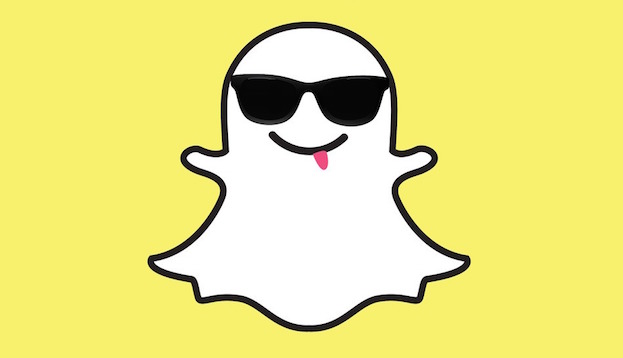SnapChat believes that it has a strong social presence that stands out from other sites, and also has an equally strong fee for advertisers, as it’s asking for $750,000 daily for ads that disappear just as quickly as they’re seen. Now, a new article from Adage talks about the effectiveness of said ad.
Author Ephraim Bander talks about how ads can fit in with the blink-and-you’ll-miss-it mantra of how SnapChat works, with users taking in as many images as they can, aware that they can disappear in a moment’s notice. “In a way, it’s an experiential platform that encourages users to pay attention now so they’ll remember something later,” he explains. “And that’s why I did not greet the news last month that SnapChat would charge advertisers a reported $750,000 for one day’s worth of (disappearing) ads with nearly as much skepticism or incredulity as any of my peers in the advertising world.”
However, the author believes that advertisers should look a little deeper beyond the price point. “Advertisers should be incensed by just how many of their ad dollars are spent on campaigns that don’t even get a chance to disappear – because they’re never in-screen and have no chance to be seen at all,” he explains.
“SnapChat’s $750K ads might sound expensive, but they offer us a guarantee that even Google can’t make – that ads will be seen,” he said, referring back to a report posted by Google in December titled The Importance of Being Seen: Viewability Insights for Digital Marketers and Publishers, which talks about the effectiveness of display ads.
Bander then went on to ask a few questions, such as whether publishers can get a guarantee about ads loading on time and in-screen, and what technology they might use to assure ads won’t be ignored. “These are all things that are inherently incorporated into SnapChat ads, by nature of the mobile screens on which the app runs, but these should be considerations regardless of what platform a given campaign will appear on,” he said.
“For ads to be effective, consumers must first engage with them, and then find them memorable. If advertisers started treating every ad like it was going to disappear, the same way the cliché says to live every day to its fullest, perhaps there would be far fewer invisible ads and more instances of possibly vanishing – but effective – messages reaching consumers,” he concluded.
The full report can be found here.

